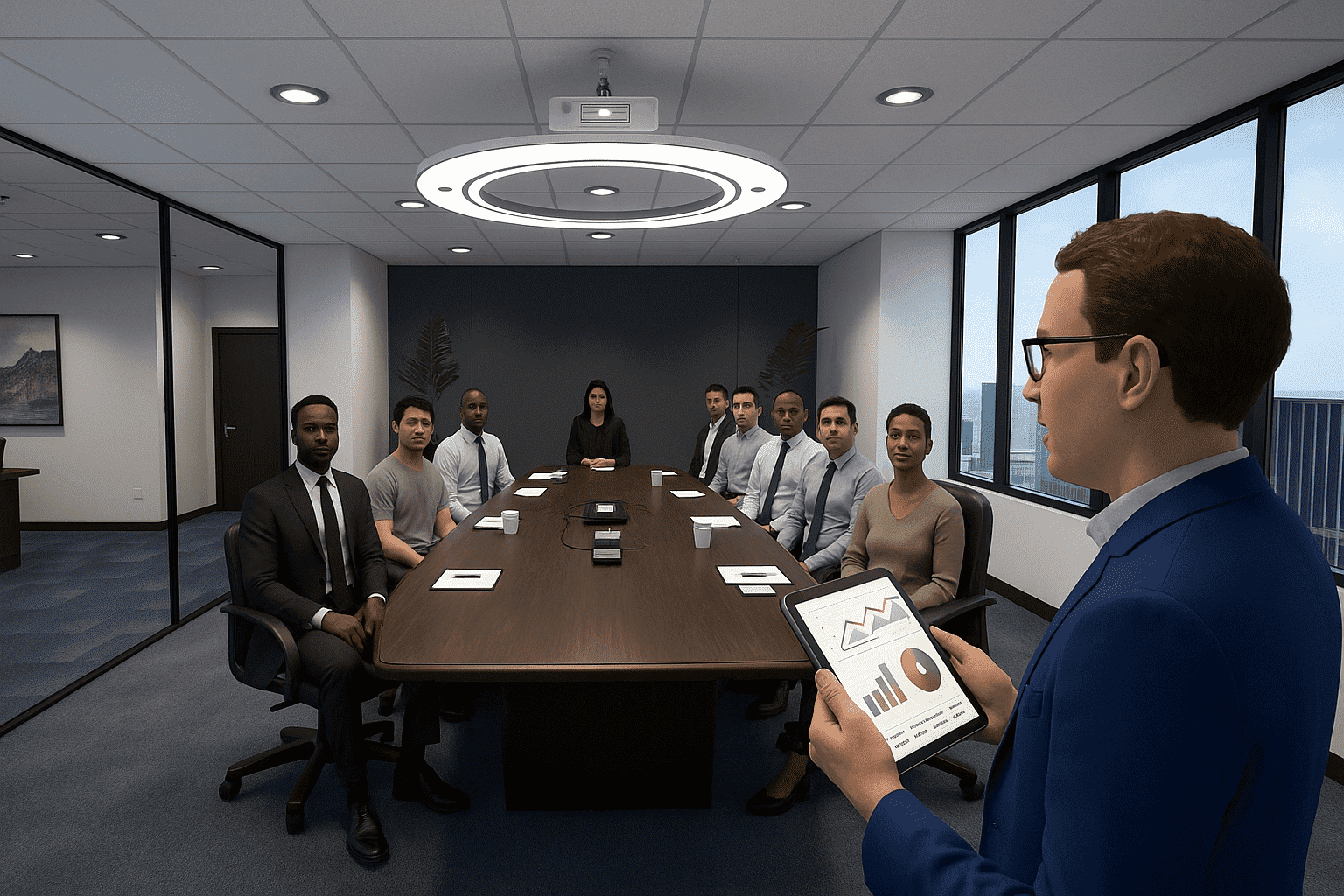From studying the information from the HealthCentral, it is apparent that nearly 73% of people have a phobia known as glossophobia which is the fear of public speaking. This puts public speaking fear above regular phobia such as fear of heights, death and even spiders.
Secondly, studies done by LinkedIn Learning showed that out of all the soft skills listed, people particularly the employer to employee interface field communication skills especially speech making topped the list as core skills needed in a Wednesday December 2017 report, 91% of the employers deem these skills as important when it comes to promotions.
Today there are virtually no jobs that don’t require employees to present their work and ideas to others so this skill has become a crucial one in the modern world. Virtual Reality (VR) is another innovation that has found applicability in this sector providing training simulation possibilities that traditional means can hardly provide.
The Virtual Revolution in Public Speaking Training
Pro public speaking together with VR technology indicates a new level of approach to developing communication skills. As opposed to the traditional means of communication training, VR provides stimuli that evoke actual feelings, enabling the speakers to exercise in conditions as close to the actual ones as possible.
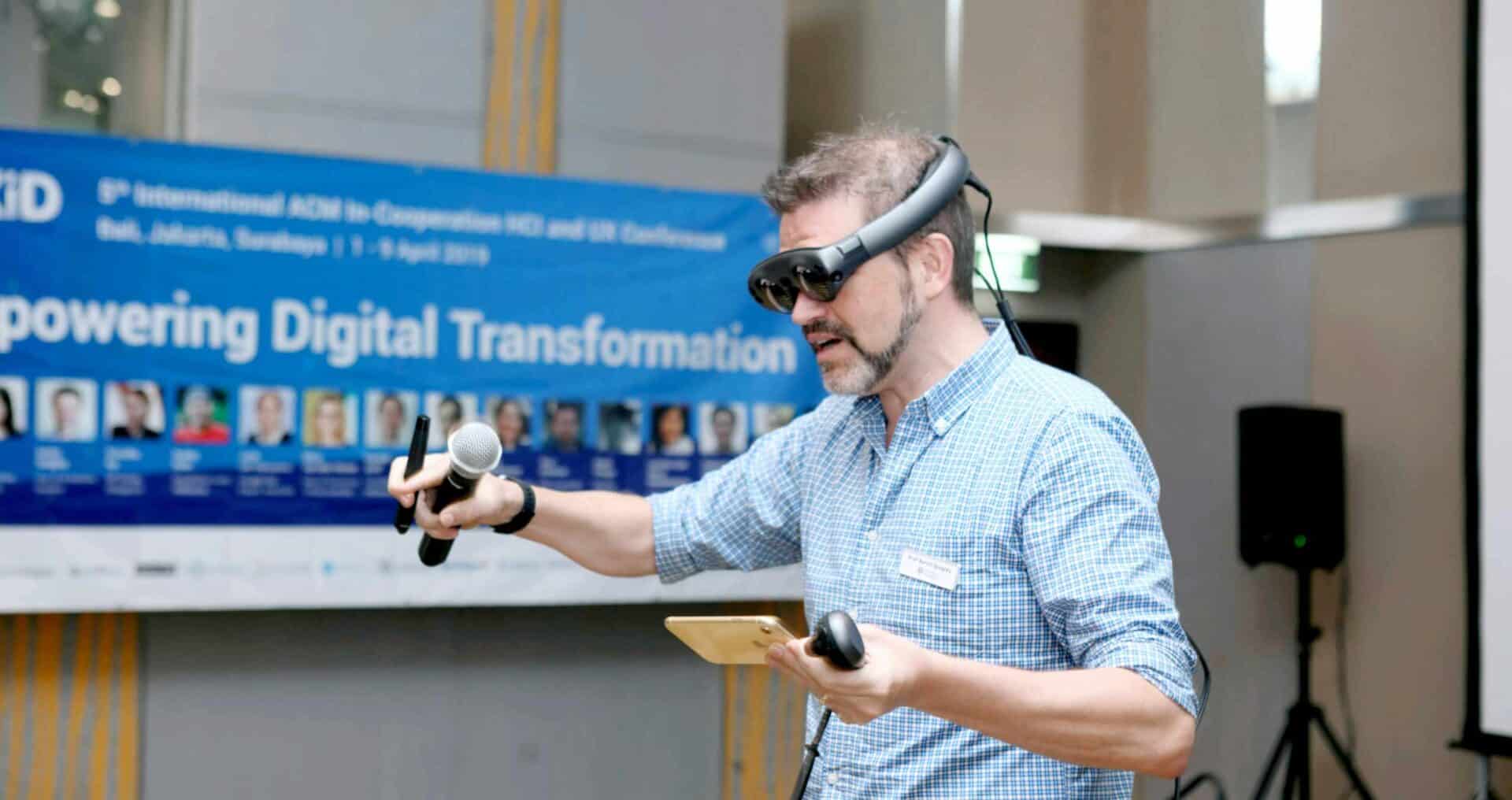
1. Realistic Simulation Without Real-World Consequences
This is a major drawback of traditional public speaking practice since it is not able to simulate the actual audience environment. While one can rehearse with fellow colleagues or in front of a mirror, it is a completely different experience to face an audience.
Again, this shifts completely with VR since the generated environment feels immensely real. Audience members can speak in small groups and independently in the boardroom or perform in front of hundreds of virtual participants. These simulated audiences can be made to act in a number of ways, including attentively and warmly or skeptically and dismissively.
Here is what Dr. Rachel Thompson, a specialist in cognitive behavioral therapy, has to say: Real-life events are processed in the same manner as VR experiences in the brain and make people stressed. This makes it possible for speakers to work out different strategies that they can apply during actual speaking events.”
What makes this strategy rather advantageous is the fact that errors do not have tangible consequences in this case. Here, speakers can try various techniques, use them and fail heavily, and immediately relaunch their attempts—all without any harm to their career and self-esteem.
2. Immediate, Data-Driven Feedback
The most important benefit of using VR for public speaking practice I would say is the amount of feedback one gets from it. The strengths of traditional technique of coaching mainly based on the observation that is rather subjective and can differ from the coach to the other and from one coaching session to another.
Modern VR platforms can analyze numerous performance metrics:
Voice modulation, pace, and volume
Filler word frequency (“um,” “ah,” “like”)
Eye contact patterns and audience engagement
Body language and movement tracking
Time management and content delivery
These kinds of data addition change an otherwise abstract type of learning into tangible value in the form of useful tips. As soon as the presentation is over, users get a detailed report of the presentation, reviewed based on performance indicators and the common mistakes done.
The cyclic nature of this process increases the training effectiveness impressively. TwinReality, a leading virtual reality development company, specializes in immersive soft skills training, including public speaking. By leveraging VR technology, they create realistic and interactive environments that enable individuals to practice and enhance their communication skills in a safe and controlled setting. This innovative approach allows learners to engage with lifelike scenarios, fostering improved confidence and proficiency in public speaking.
3. Customizable Scenarios for Targeted Skill Development: It is for this reason that every speaking activity that one has to engage in comes with its own concerns. Just because you’re giving a talk that is similar to a TED-talk doesn’t mean you’re going to elicit the same kinds of behaviours that you’re going to elicit from your audience as you would in a sales pitch or even if you are going to be grilled during the Q&A session.
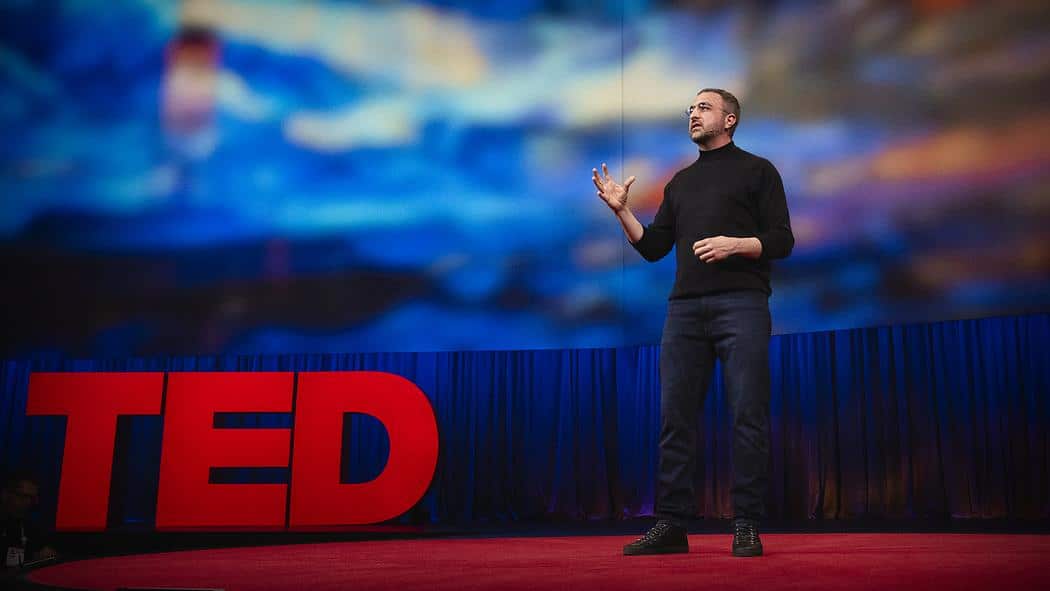
One of the main benefits of VR training platforms is that they allow for very realistic training scenarios that can be adapted to the context of the intended speech. Some of the examples of benefits which can be derived from discussion forums are as follows:
Technical presentations with complex data visualization
High-pressure investor pitches with skeptical audiences
Media interviews with unexpected questions
Conference keynotes with large, diverse audiences
Sales presentations with interactive elements
This targeted practice helps the speakers to build communicative competencies rather than general presentation competencies. This is the reason why training is specialized and when one is in a real life sector he or she is confident enough to tackle and overcome the situation.
4. Accessibility and Consistency
Traditional face-to-face public speaking courses have time and place constrains, which can exclude many potential students. Practice is not constrained in any way when it comes to VR training and it can be given at the convenience of the trainer.
This accessibility factor is particularly valuable for:
Busy professionals with unpredictable schedules
Remote workers or distributed teams
Individuals with mobility limitations
Those who experience social anxiety in group training settings
Also, it provides stability to training standards as well as saves much time. It is noteworthy that human instructors are prone to variation in the way they approach the lessons and their efficiency, in contrast, virtual environments provide learners with similar experiences with each session.
During radio communication training organizations adopting the VR communication training receive 67% completion rates which are comparatively higher than when using traditional training and development methods, primarily because of the above flexibility and consistency.
5. Progressive Exposure Therapy for Anxiety Management
For most people, the biggest hurdle to efficient presentation delivery is not the content to be delivered, but fear. VR provides the most effective way to combat this problem, utilizing a graduated exposure technique.
This technique entails deliberately exposing a person to the feared stimuli in a hierarchical progression manner. It is very important to note that VR platforms are capable of regulating the degree of interaction in each speaking task:
Beginning with small, supportive virtual audiences
Gradually increasing audience size and complexity
Introducing distractions or challenging scenarios incrementally
Simulating high-stakes environments once confidence improves
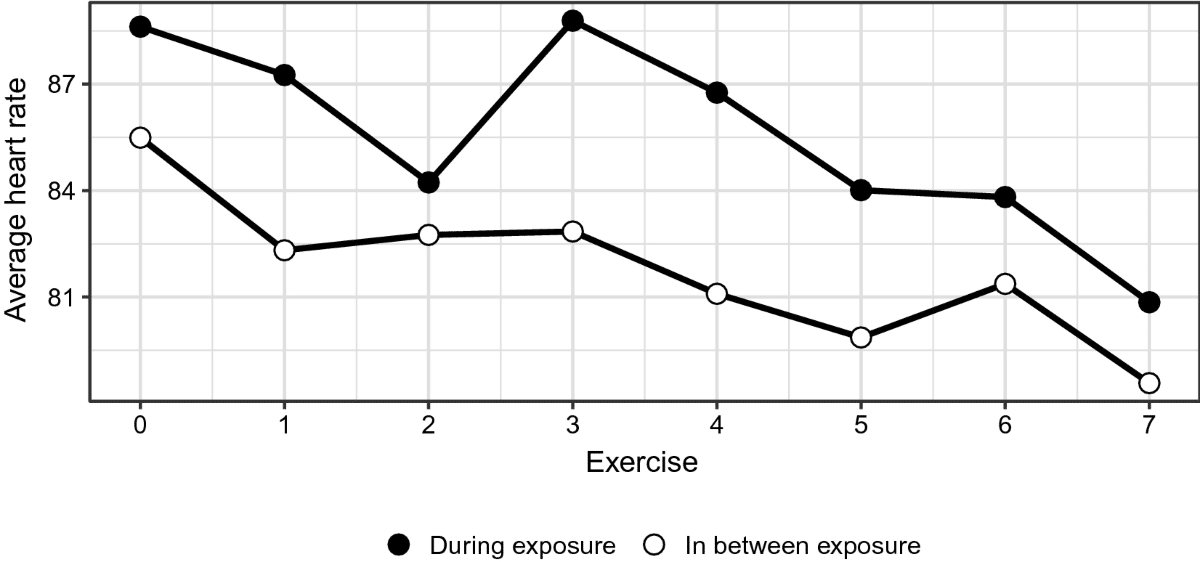
Dr. Michael Stein of the Anxiety and Related Disorders Center says: This is most especially evident in Virtual Reality exposure therapy, which has been highly effective in the treatment of public speaking phobia with a success rate of 75-90% of reducing the debilitating symptoms the phobia causes.
The use of VR leads to inducement of the true to-life feeling, and this form of exposure therapy is thus more real and effective compared to the imagination-focused therapy.
The Future of Communication Training
As VR technology continues to advance, the applications for public speaking training will only expand. Current developments suggest we’ll soon see:
AI-driven audience members capable of more nuanced interactions
Haptic feedback systems that enhance sensory immersion
Multi-user environments allowing collaborative presentations
Integration with biometric sensors to track physiological stress markers
These innovations will further close the gap between virtual practice and real-world performance.
Conclusion
Conclusively, the case proves that, indeed, people have better advantages if they use VR public speaking training than the traditional one. From facilitating model no-consequence learning to delivering an impartial performance critique and adopting fear in apprehension of exposure treatment, this technology seriously revolutionises how people acquire essential communicational skills.
For the working professional, companies interested in training their employees, and educational institutions preparing their students for the professional world, VR is undoubtedly the most viable and effective method of conquering the fear of public speaking.
Effective communication as one of the most desirable soft skills dozed not leave room for stagnation in the multimedia environment: using such innovative approaches as VR, one can gain a competitive advantage in the global environment.
So you need to know, ‘have you tried VR public speaking training?’ Please feel free to share your experiences about this technology or contact us to know how this technology can be integrated into the professional development of your organization.
